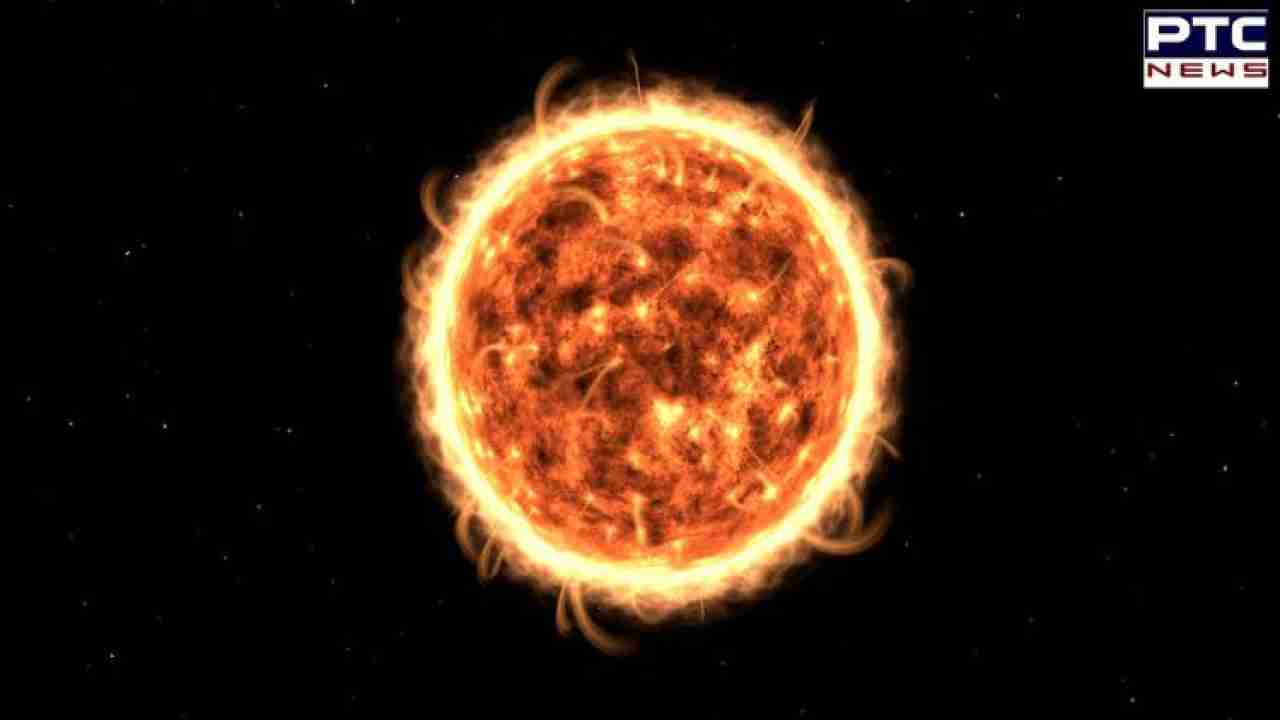

Solar storm alert: NASA forecasts radio and GPS blackout: Know why
Solar storm alert: On December 1, Earth is bracing for a series of potent solar storms that stem from a powerful solar flare eruption. These storms, anticipated to strike on Friday, are projected to induce vibrant auroras while potentially causing disruptions in various communication networks like internet, radio signals, and GPS systems.
According to NOAA's forecast model, these impactful solar storms, stemming from a coronal mass ejection (CME), are anticipated to influence radio and satellite communication due to the resulting geomagnetic waves. Tamitha Skov, a space weather physicist, emphasised their potential impact on X (formerly Twitter), citing that although NOAA categorises these storms as G2 (moderate intensity), they might escalate to G3-class storms, significantly intense in nature.
A Direct Hit! The impressive #solarstorm launched in the Earth-strike zone has been modeled by NASA. The storm is predicted to hit Earth by midday December 1. Along with two earlier storms already en route means we have a 1,2,3-punch. If the magnetic field is oriented correctly,… pic.twitter.com/XLCAbmjXZ7 — Dr. Tamitha Skov (@TamithaSkov) November 29, 2023
The origin of these solar storms traces back to a CME that occurred on November 27, as outlined by NOAA. There's a likelihood of a 'cannibal' CME formation, stemming from the convergence of these solar storms, amplifying the ensuing geomagnetic disturbance. The recent massive CME resulted from an M-class flare on Wednesday, a phenomenon born from the snapping of large loops of plasma on the sun's surface, propelling electromagnetic particles into space.
NOAA anticipates the solar storm's arrival on Thursday night, continuing until the early hours of Friday, December 1. Coronal mass ejections, colossal clouds of charged particles from the sun, pose a potential threat to Earth's technological infrastructure, disrupting satellite communications and radio signals. While the anticipated solar storm might cause minor disruptions in high-latitude communication systems, the overall impact is expected to remain relatively mild.
Solar storms, despite their disruptive potential in communication networks, typically do not pose direct threats to human health. Yet, exceptionally powerful solar flares can emit harmful radiation capable of affecting living organisms. Fortunately, Earth's protective atmosphere serves as a shield, minimising the impact of this radiation on human health.
Also Read: Russia population crisis: President Vladimir Putin urges Russian women to have 8 or more children
- With inputs from agencies
